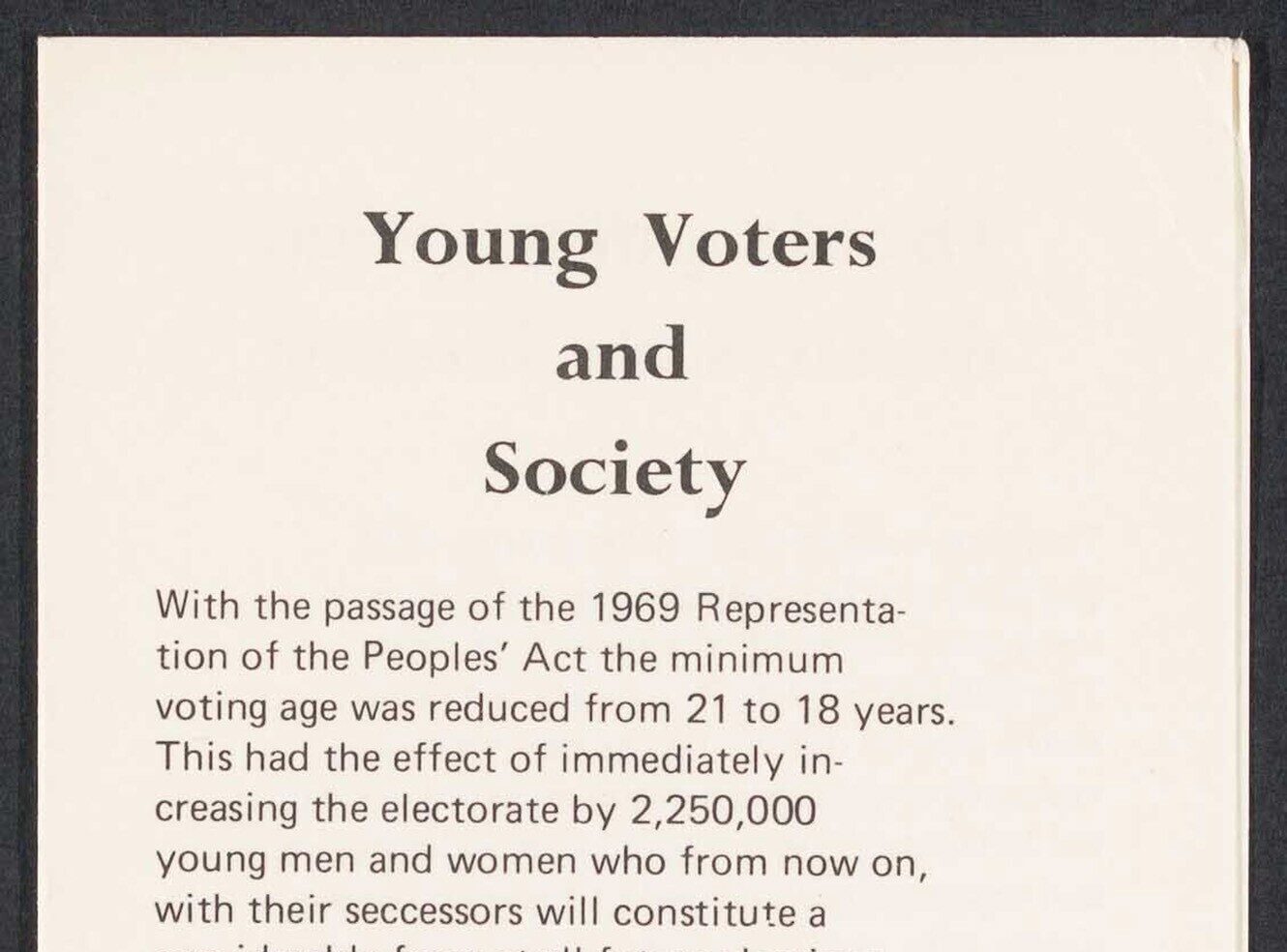The Children's Guide to Harpooning Whales
Anyone exploring the many maritime logbooks in our resource China, America and the Pacific will know how gruesome and perilous whaling voyages could be in the eighteenth and nineteenth centuries (I refer you to Paul’s grisly and fascinating post from November). Lots of blood, lots of screaming, lots of death… Definitely post-watershed stuff, I’d have said, wouldn’t you?
Apparently S Babcock, the publishers in 1839 of a nobby little book entitled The Whale and the Dangers of Whaling (with Beautiful and Appropriate Engravings), did not agree.

This edifying volume is part of the ‘Moral, Instructive and Amusing Toy Books’ series for young children, which also includes such charming and innocent classics as A Collection of Rhymes for the Nursery and Hymns in Prose for Children. In a wild departure from usual form (no doubt to the delight of bored and bloodthirsty little Victorian schoolboys), Dangers of Whaling tells it like it is, sparing no detail in recounting the gory scene of a whale struck by a harpoon:

It’s hardly Enid Blyton, is it? No bunnies in bowler hats or jovial children enjoying picnics of macaroons washed down with lashings of ginger beer. Ah, happy days.
The book goes on to talk about the gruesome fate of many sailors (complete with Beautiful and Appropriate Engravings, of course):

Traumatic stuff for infants of a sensitive temperament? Or just what the doctor ordered for subjugated nineteenth-century youngsters eager to move on from Hymns in Prose for Children to something a bit more stimulating and rebellious?
I suppose when considered alongside today’s post-apocalyptic zombies and angst-ridden vampires Babcock’s stuff is pretty tame really. But all the same I think I’ll stick with the bunnies in bowler hats, thank you very much.
Recent posts

The blog highlights American Committee on Africa, module II's rich documentation of anti-apartheid activism, focusing on the National Peace Accord, global solidarity, and student-led divestment campaigns. It explores the pivotal role of universities, protests, and public education in pressuring institutions to divest from apartheid, shaping global attitudes toward social justice and reform.

This blog examines how primary sources can be used to trace the impact of young voices on society, particularly during pivotal voting reforms in the UK and the US. Explore materials that reveal insights into youth activism, intergenerational gaps, and societal perceptions, highlighting their interdisciplinary value for studying youth culture, activism, and girlhood across history.
